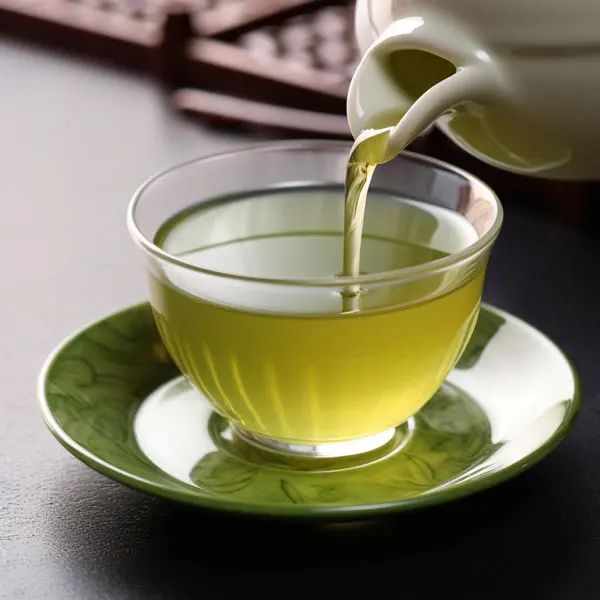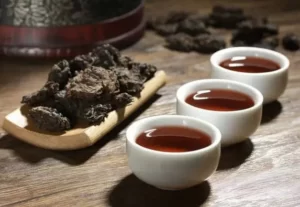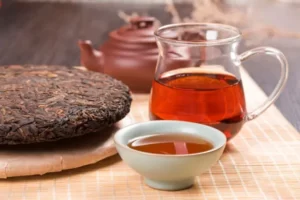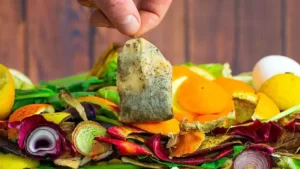Introduction
Many tea enthusiasts often wonder about the ideal pairing of tea leaves with the right purple clay teapot. In this article, we will delve into the art of selecting the perfect teapot based on different tea types. Whether you are a fan of green tea, black tea, oolong tea, or any other variety, understanding the harmony between tea leaves and Yixing purple clay is essential for an enhanced tea-drinking experience.
Green Tea
Green tea, being one of the earliest and most abundant tea types in China, continues to be a prominent category. It is an unfermented tea, produced through several processes such as fresh leaf harvesting, fixation, rolling, and drying. Green tea exhibits a vibrant green color and is sensitive to stuffiness, requiring a Yixing purple clay teapot that meets the following criteria:
- Clay Material: Purple clay, green clay, red clay, and other types of clay are all suitable.
- Pot Shape: The lid should be large, and the body should be tall.
Black Tea
Black tea is made from suitable tender leaves of the tea plant and undergoes withering, rolling (cutting), fermentation, and drying processes. It is a fully fermented tea, characterized by its red leaves and red infusion. The tea has a dark color and a bright red infusion. During processing, black tea undergoes chemical reactions centered around the enzymatic oxidation of tea polyphenols, resulting in the formation of tea flavonoids and theaflavins. For black tea, which has a long-lasting aroma, a sweet taste, and a rich red infusion, the following conditions can be considered when selecting a Yixing purple clay teapot:
- Clay Material: Purple clay, red clay, slope-clay, and other clay types are suitable.
- Pot Shape: No specific requirements.
Oolong Tea
Oolong tea, also known as Gongfu tea, is distinct from other tea types in terms of its brewing method. It has specific requirements for teaware, including the teapot:
- Clay Material: Purple clay, green clay, red clay, and slope-clay are all suitable, with red clay being the most recommended. High-quality Zhuni clay, with its high density and minimal loss of fragrance when used with highly aromatic tea, is the ideal companion for Oolong tea. An Zhu clay teapot that has undergone high-temperature firing enhances the tea’s essence, retains heat, and releases the floral aroma of Tie Guan Yin.
- Capacity: Different teapot sizes should be chosen based on the amount of tea, generally ranging from 80cc to 200cc.
- Pot Shape: The teapot should be taller than it is wide, enabling it to showcase the unique aroma and smooth release of the Iron Goddess of Mercy’s floral fragrance.
Pu-erh Tea
Pu-erh tea is one of the six major categories of tea, belonging to the post-fermented tea group. It is mainly produced in regions such as Sichuan, Yunnan, Hubei, Hunan, and Anhui. Pu-erh tea is typically made from coarse and matured tea leaves and is the primary material for compressed tea.
Processing involves five main steps: fixation, rolling, pile fermentation, drying, and pressing.
Pu-erh tea has a thick soup and a deeper color, requiring attention when selecting a purple clay teapot:
- Clay Material: Purple clay (raw Pu-erh and ripe Pu-erh), green clay (for raw Pu-erh).
- Pot Shape: A teapot with a larger belly, such as a Pu-erh teapot, is recommended to avoid excessively strong tea infusion.
White Tea
White tea is a unique type of tea in China. It undergoes minimal fermentation and is not rolled or pan-fired. The characteristics of white tea include plump buds or leaves covered with white hair and a light-colored infusion.
White tea is divided into two main categories: bud tea (e.g., Silver Needle) and leaf tea (e.g., White Peony, Longevity Eyebrow).
To create a refreshing and heat-dispersing brewing environment suitable for white tea, consider the following:
- Clay Material: Both purple clay, such as Dicaoqing, and green clay are suitable.
- Pot Shape: The purple clay teapot should have a large lid and a tall body.
Yellow Tea
Yellow tea is a slightly fermented tea, characterized by the “Three Yellows” (yellow dry leaves, yellow infusion, and yellow tea dregs). Its processing method is similar to that of green tea, but it involves a unique step called “menhuang” after rolling or initial drying.
Yellow tea contains substances such as tea polyphenols, amino acids, soluble sugars, and vitamins. It can invigorate the mind, alleviate fatigue, and aid digestion.
- Clay Material: Purple clay, green clay, red clay, and other clay types are all suitable.
- Pot Shape: The teapot should have a large lid.
Conclusion
As mentioned above, for darker clay materials such as purple clay and Dicaoqing, many teas can be brewed without specific restrictions. However, the choice of teapot shape is essential. Some purple clay teapots pour water faster, while others pour more slowly, which can affect the taste depending on the tea leaves and brewing techniques employed.
Lastly, it is crucial to maintain the cleanliness and hygiene of the purple clay teapot. Excessive tea residue inside the teapot can compromise the aroma of the tea.





